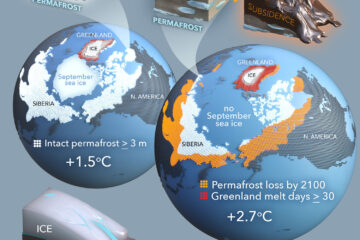Cumulative response of ecosystem carbon and nitrogen stocks to chronic CO2 exposure in a subtropical oak woodland
- Rising atmospheric carbon dioxide (CO2) could alter the carbon (C) and nitrogen (N) content of ecosystems, yet the magnitude of these effects are not well known. We examined C and N budgets of a subtropical woodland after 11 yr of exposure to elevated CO2.
- We used open-top chambers to manipulate CO2 during regrowth after fire, and measured C, N and tracer 15N in ecosystem components throughout the experiment.
- Elevated CO2 increased plant C and tended to increase plant N but did not significantly increase whole-system C or N. Elevated CO2 increased soil microbial activity and labile soil C, but more slowly cycling soil C pools tended to decline. Recovery of a long-term 15N tracer indicated that CO2 exposure increased N losses and altered N distribution, with no effect on N inputs.
- Increased plant C accrual was accompanied by higher soil microbial activity and increased C losses from soil, yielding no statistically detectable effect of elevated CO2 on net ecosystem C uptake. These findings challenge the treatment of terrestrial ecosystems responses to elevated CO2 in current biogeochemical models, where the effect of elevated CO2 on ecosystem C balance is described as enhanced photosynthesis and plant growth with decomposition as a first-order response.


